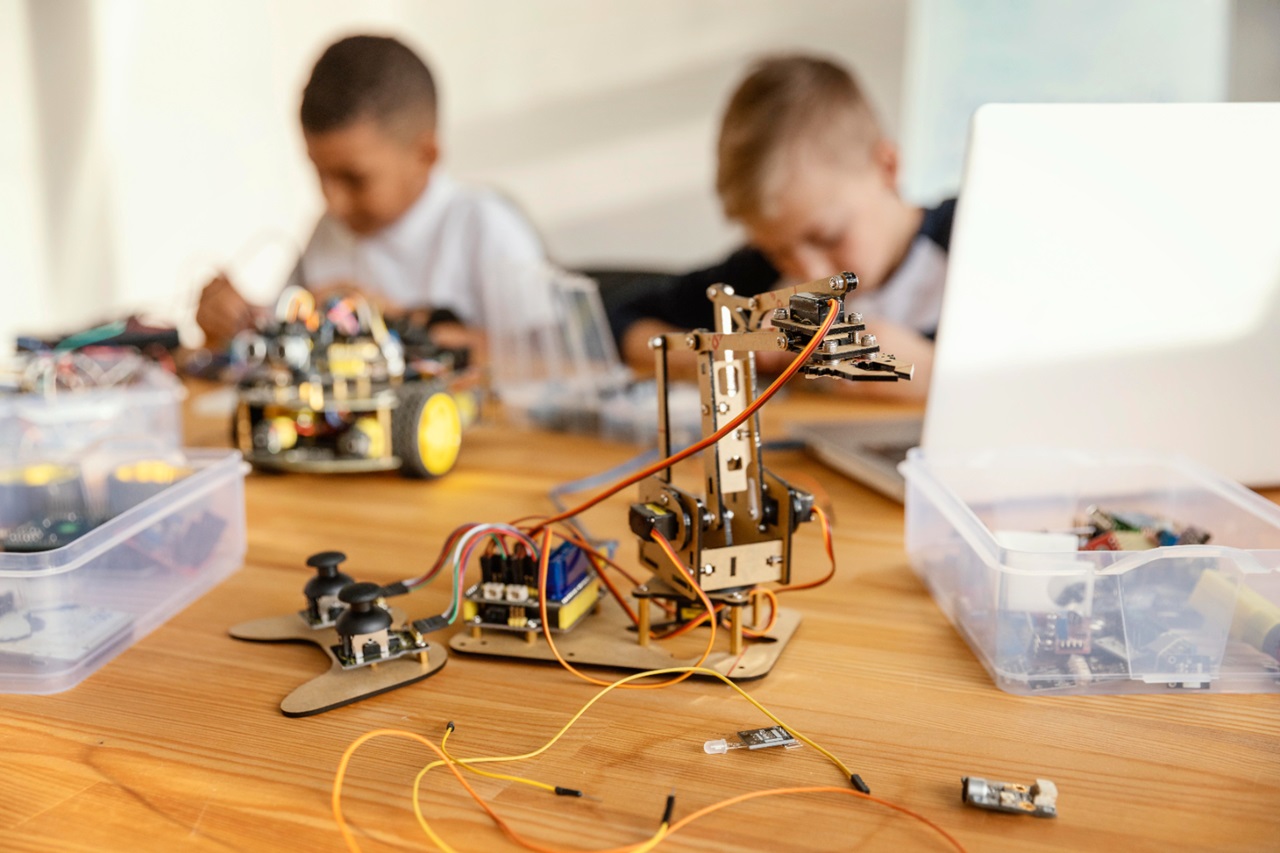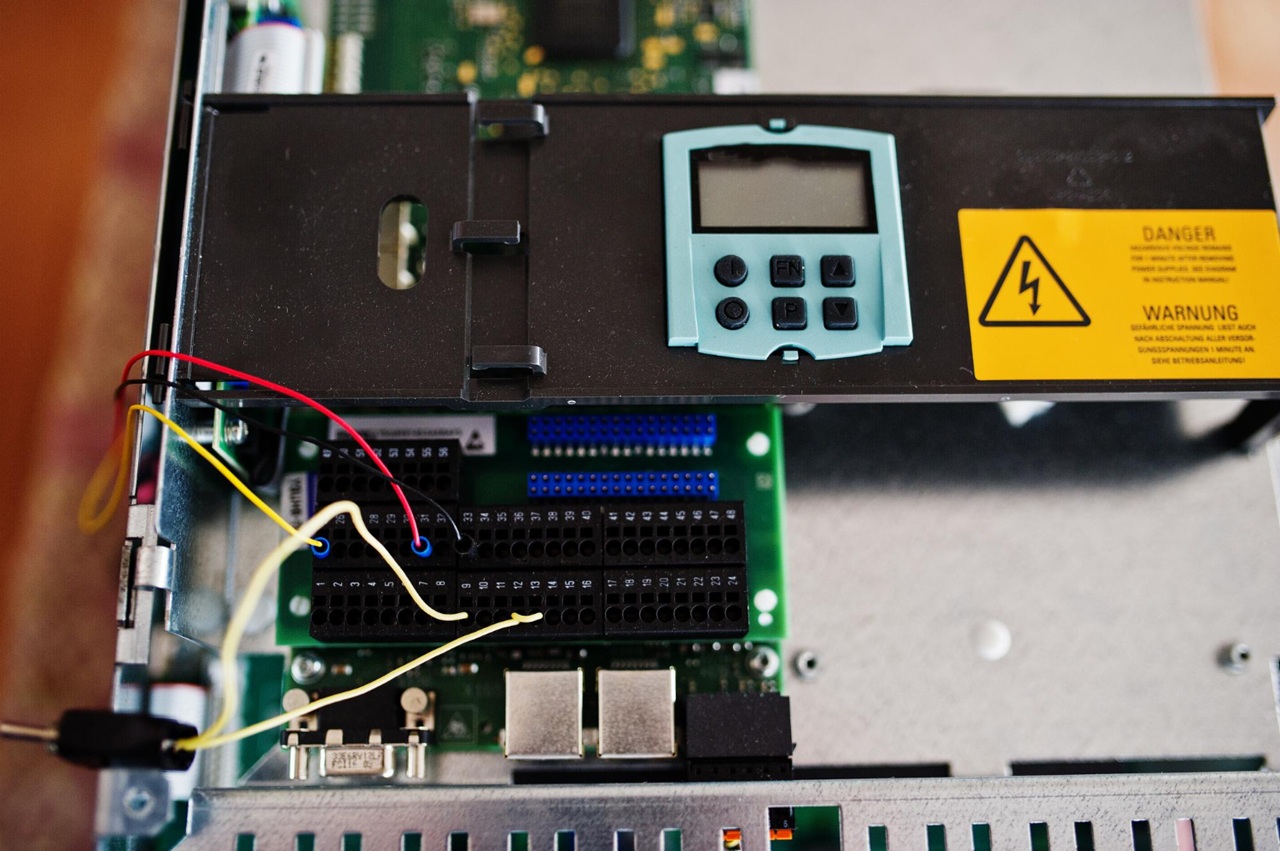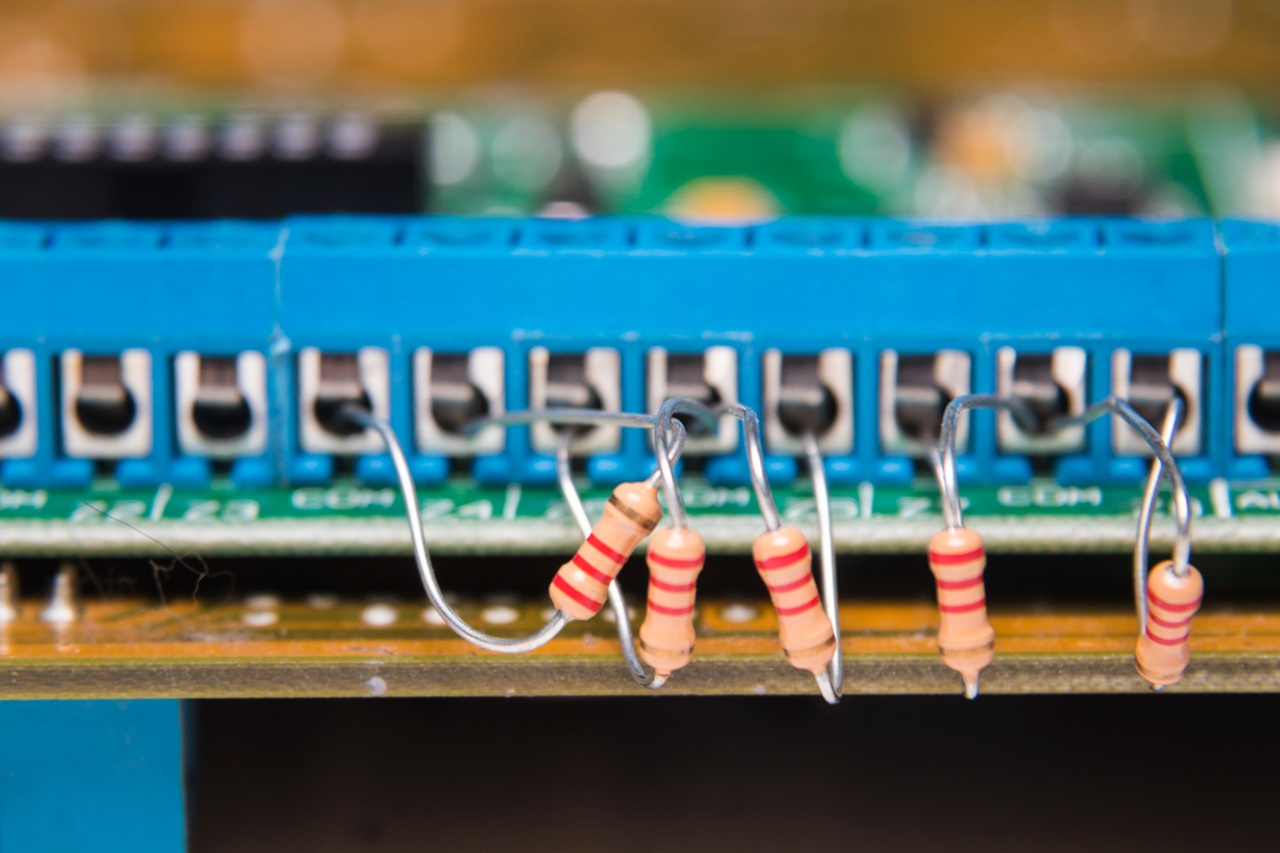The Best Electronic Circuit Kits for Kids and Beginners in 2025
Electronics is no longer just a hobby for tech enthusiasts—it’s a skill everyone can benefit from, especially kids and beginners eager to explore the world of STEM (Science, Technology, Engineering, and Math). Whether it’s igniting curiosity, building problem-solving skills, or just having fun, electronic circuit kits are a fantastic way to introduce foundational concepts in an engaging and hands-on way.
But with so many options out there, finding the right kit can be overwhelming. That’s why I’ve put together this guide to the best electronic circuit kits for kids and beginners in 2025. These kits are fun, educational, and designed to make learning electronics as smooth and exciting as possible.
Why Circuit Kits Are Great for Kids and Beginners
Circuit kits simplify complex concepts, making them accessible to learners of all ages. Instead of diving into intimidating textbooks, kids can light up an LED, build a buzzer, or even create a motion detector—all while learning the principles behind their creations.
I remember gifting my niece a circuit kit for her 10th birthday. At first, she hesitated, thinking it was “too complicated.” But within an hour, she had built a simple circuit that made a light blink, and the joy on her face was priceless. Now, she’s the family’s go-to “engineer” for fixing small gadgets!
What to Look for in a Circuit Kit
Before diving into the recommendations, consider these factors when choosing a kit:
- Age Appropriateness: Kits for young kids often use larger, safer components, while kits for older beginners include more complex tools like breadboards and soldering options.
- Ease of Use: For beginners, step-by-step instructions and pre-labeled components are essential.
- Educational Value: Look for kits that teach core concepts like circuits, resistors, and basic coding.
- Fun Factor: Engaging projects, like building a mini robot or an LED display, keep learners motivated.
The Best Electronic Circuit Kits for Kids and Beginners in 2025
1. Snap Circuits Jr. SC-100
Best For: Kids aged 7+
Snap Circuits Jr. has been a favorite for years, and it’s still going strong in 2025. This kit uses snap-together components, making it perfect for young kids who aren’t ready for soldering or intricate wiring.
Features:
- Over 100 projects, including creating a doorbell and a light-controlled fan.
- Color-coded, snap-on parts that make assembly easy and intuitive.
- Clear, illustrated instruction manual.
Why It’s Great: Snap Circuits Jr. introduces kids to basic electronics without the intimidation factor. Plus, the projects are fun and achievable in a short time, which keeps kids engaged.
Personal Note: My friend’s son used this kit to build a simple radio, and now he’s obsessed with learning how other everyday devices work.
2. Elegoo UNO R3 Project Kit
Best For: Older kids (12+) and beginners interested in coding and Arduino
The Elegoo UNO R3 kit is a fantastic introduction to microcontrollers and coding. With over 30 projects, it combines hardware and software learning, making it ideal for beginners who want to explore programmable electronics.
Features:
- Includes an Arduino-compatible board, sensors, LEDs, and motors.
- Comprehensive tutorial with detailed explanations and code examples.
- Projects range from blinking LEDs to creating a motion-detecting alarm.
Why It’s Great: This kit bridges the gap between basic circuits and more advanced projects involving programming. It’s perfect for those who want to explore robotics or IoT (Internet of Things).
Pro Tip: Start with the simpler projects to get comfortable with the Arduino platform before diving into the more advanced ones.
3. Thames & Kosmos Electronics Learning Circuits
Best For: Kids aged 8-12
Thames & Kosmos combines learning and play in a way that keeps kids hooked. This kit is designed like a game, where kids complete challenges to build various circuits.
Features:
- Over 70 experiments, including building an automatic nightlight and sound detector.
- Color-coded components with a clear, step-by-step manual.
- No soldering required, making it safe for younger users.
Why It’s Great: The gamified approach makes learning electronics feel like an adventure. It’s perfect for kids who love hands-on activities and enjoy solving puzzles.
Anecdote: My neighbor’s daughter used this kit to build a working alarm for her toy box. She was thrilled to see her idea come to life!
4. Circuit Explorer by Educational Insights
Best For: Young kids aged 5-8
Circuit Explorer is an entry-level kit designed for the youngest tinkerers. With a space-themed design, it teaches basic circuitry concepts through imaginative play.
Features:
- Projects include building a rocket, rover, and station with working lights and sound.
- Snap-together pieces that are safe and easy for little hands.
- Encourages creativity by combining circuits with storytelling.
Why It’s Great: This kit is all about fun and discovery. It introduces kids to circuits in a way that feels more like play than learning.
Pro Tip: Pair it with storybooks about space exploration to make the experience even more immersive.
5. SunFounder Raspberry Pi Starter Kit
Best For: Teens and older beginners ready to tackle coding and complex circuits
The SunFounder Raspberry Pi kit takes things up a notch, combining circuits with programming in Python. It’s ideal for those who want to dive into the world of DIY tech projects.
Features:
- Includes a Raspberry Pi board, sensors, LEDs, and a breadboard.
- Comprehensive project guide, from basic circuits to programming a weather station.
- Encourages creativity and customization.
Why It’s Great: This kit prepares learners for more advanced electronics and coding projects. It’s perfect for building real-world applications, like home automation systems or digital displays.
Anecdote: A friend of mine used this kit to build a DIY smart mirror. It displays the time, weather, and news headlines—all programmed by hand!
How to Get the Most Out of a Circuit Kit
- Start Simple: Begin with easy projects to build confidence and foundational knowledge.
- Be Patient: It’s normal to make mistakes. Use them as learning opportunities.
- Encourage Creativity: Once you’ve mastered the basics, experiment with your own ideas.
- Explore Resources: Online tutorials and forums can provide extra guidance and inspiration.
- Celebrate Success: Completing a project, no matter how simple, is an achievement worth celebrating!
Conclusion
Electronic circuit kits are more than just toys—they’re tools for sparking creativity, curiosity, and a lifelong love of learning. Whether you’re shopping for a young child, a curious teen, or a beginner exploring a new hobby, there’s a perfect kit out there.
In 2025, these kits are better than ever, blending fun, education, and technology to inspire the next generation of innovators. So, pick a kit, dive in, and watch the sparks of discovery fly!
Happy tinkering!




Post Comment